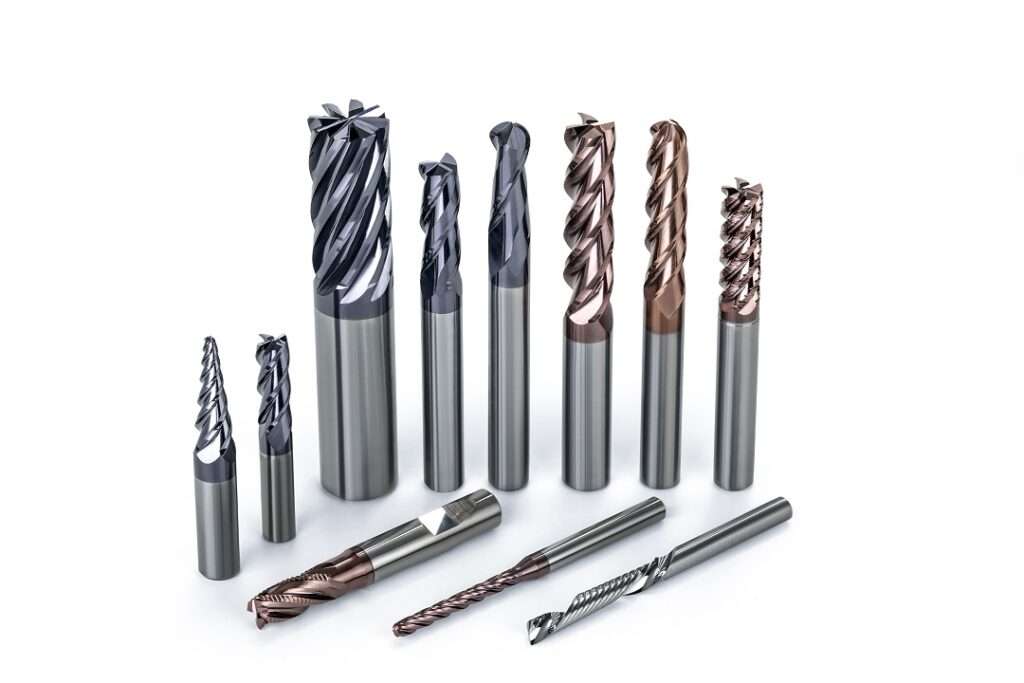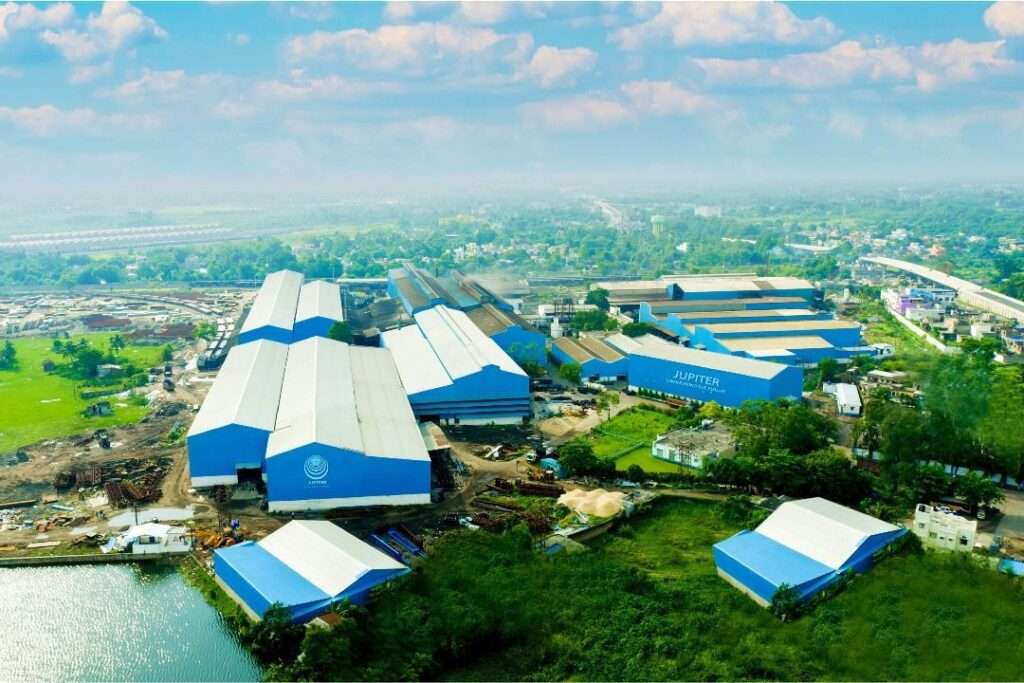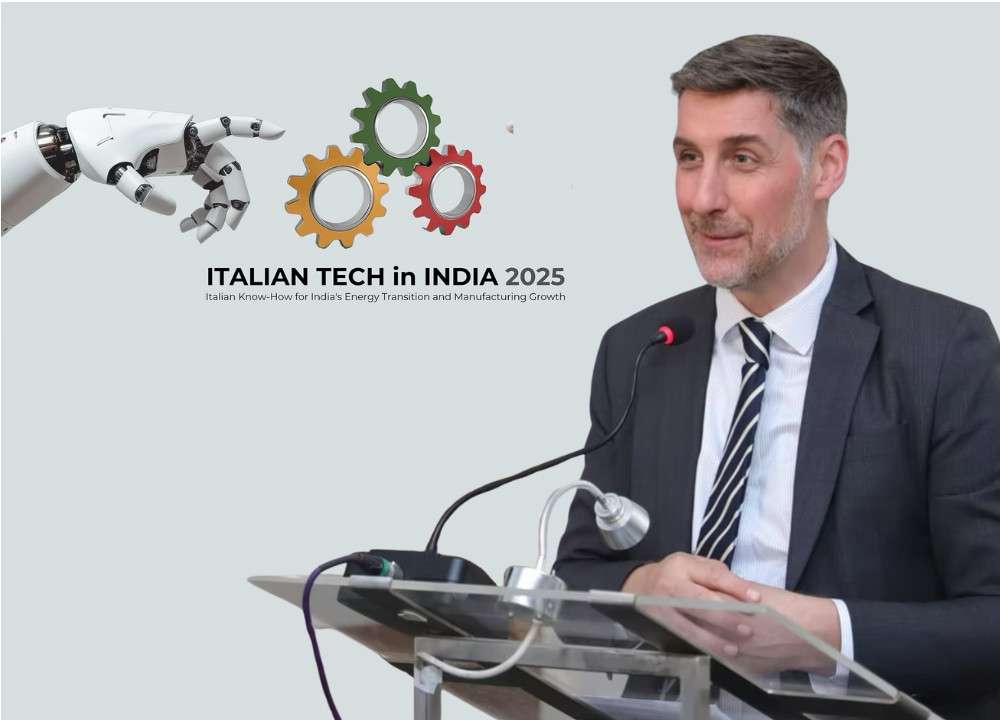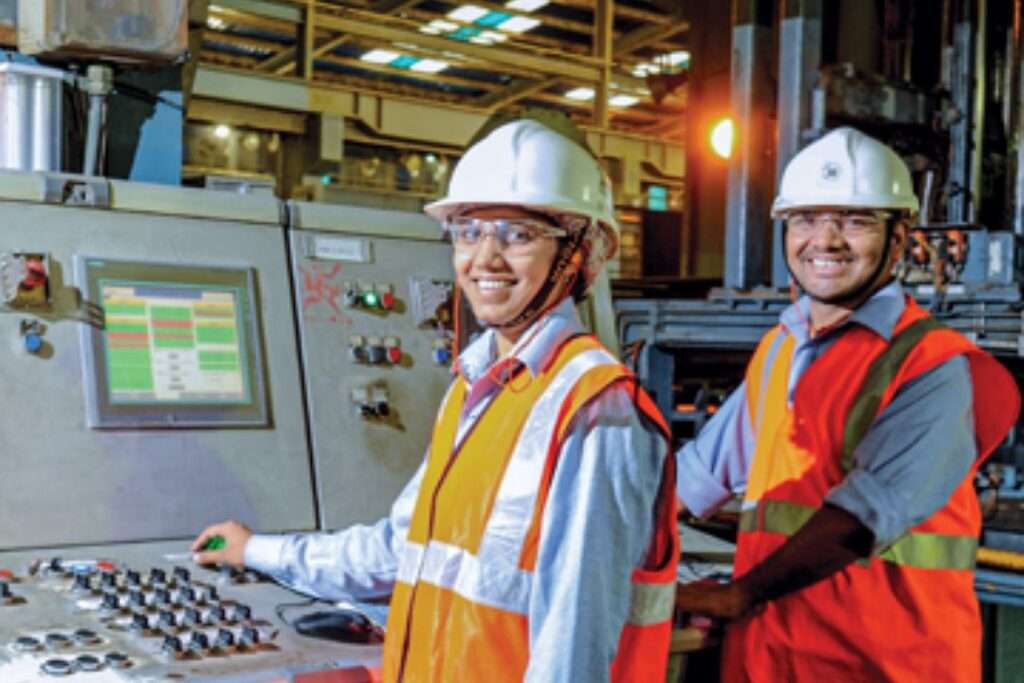India’s transition to electric vehicles, clean energy, and advanced manufacturing is under threat from a critical supply chain gap: an overwhelming dependence on imported rare earth magnets. A new report by Primus Partners, titled From Extraction to Innovation: A Blueprint for Enhancing Rare Earth Magnet Ecosystem in India’s EV Roadmap, lays out a comprehensive national strategy to develop an indigenous ecosystem for neodymium–iron–boron (NdFeB) magnets.
The report highlights the need for India to rapidly develop domestic capabilities across the entire value chain—from mining and refining to magnet production—if it is to meet its 2030 EV targets, strengthen strategic sectors, and position itself as a clean technology leader.
The proposed five-point strategy for achieving self-reliance in rare earth magnets outlines a detailed roadmap to address India’s growing demand and reduce its dependence on imports. The first pillar, Market Assurance, focuses on introducing long-term offtake agreements and government-backed price stability mechanisms. Such measures are expected to encourage private investment, particularly in light of recent volatility in neodymium prices, which have ranged between $50/kg and $280/kg. With annual demand projected to reach 7,150 tonnes by 2030, securing market stability is essential for attracting large-scale investments.
The second pillar, Pilot Clusters and Industry Leaders, emphasizes the creation of integrated production hubs in mineral-rich regions like Odisha, Andhra Pradesh, and Tamil Nadu. These hubs would incorporate every stage of the value chain, from raw material processing to final magnet production. The report calls for identifying at least three industry leaders capable of scaling their operations to meet the projected global demand of 131,000 tonnes by the decade’s end.
Under the third pillar, Securing Raw Materials, the strategy highlights the need to expand domestic processing capabilities. This includes increasing IREL’s NdPr oxide output to 1,500 tonnes annually and tapping into India’s 13 million-plus tonnes of monazite reserves. Additionally, establishing a strategic stockpile capable of sustaining six months’ supply for critical industries would help safeguard against potential disruptions in the global supply chain.
The fourth pillar, Building R&D Capabilities, calls for the launch of a National Rare Earth Innovation Hub. This centre would focus on recycling technologies, process improvements, and the development of high-performance magnets. Recycling alone could potentially meet 35–40% of global demand by 2030, making it a crucial avenue for sustainable resource management and technological advancement.
The fifth and final pillar, Institutional Coordination, proposes the creation of a Magnet Ecosystem Coordination Cell. This body would oversee policy decisions, ensure smooth inter-ministerial cooperation, and streamline regulatory processes. A time-bound and unified approach is deemed vital for establishing India as a competitive player in the global magnet market within the next three to five years.
The report’s findings underline the urgency of this roadmap. With India aiming for 30% EV adoption by 2030, demand for rare earth magnets is set to surge, yet there is currently no domestic production despite the country holding the world’s fifth-largest reserves of rare earth elements. This gap presents both a challenge and a strategic opportunity.
Currently, India is heavily dependent on China for its magnet requirements, with over 90% of imports sourced from the country, which itself commands 92% of global supply. Policy changes and customs delays in China have already disrupted operations at more than 20 Indian companies, including leading auto component manufacturers. This reliance poses a significant risk to India’s industrial growth and energy transition goals.
The report also points to a strong market potential, estimating that the Indian rare earth magnet sector could be worth over ₹7,295 crore by 2030. As each electric vehicle requires between 1–2 kg of NdFeB magnets, the shift toward electrification will be a major driver of demand. The proposed five-point strategy, if implemented effectively, could position India to capture a substantial share of this growing market while enhancing its energy security and industrial resilience.
Davinder Sandhu, Co-Founder and Chairperson, Primus Partners, said “India is uniquely positioned with both the natural resources and the demand base. Yet we currently account for less than 1% of global magnet output. The ₹34,300 crore allocation under the Critical Minerals Mission is a positive step, but India must act with speed and scale. China took decades to build its dominance; India must fast-track this process with bold investments, streamlined regulation, and strong industry–research partnerships.”
Nikhil Dhaka, Vice President, added “This is a defining moment. The gap between raw material availability and finished magnet production must be bridged quickly. The growing EV segment—especially two-wheelers—will require between 20,500 and 44,000 tonnes of magnets by 2047. Without urgent localisation and strategic planning, our green mobility future will remain tethered to external supply chains.”
India has laid the groundwork through schemes like the Production Linked Incentive (PLI) and the Critical Minerals Mission, but the report cautions that time is limited. Unless the public and private sectors act decisively, India risks missing a crucial opportunity to secure vital inputs for its electric vehicle, defence, and renewable energy sectors. The report concludes with a call for coordinated action, targeted incentives, and deep industry-academia partnerships to build a competitive rare earth magnet industry that aligns with India’s long-term economic and strategic goals.








